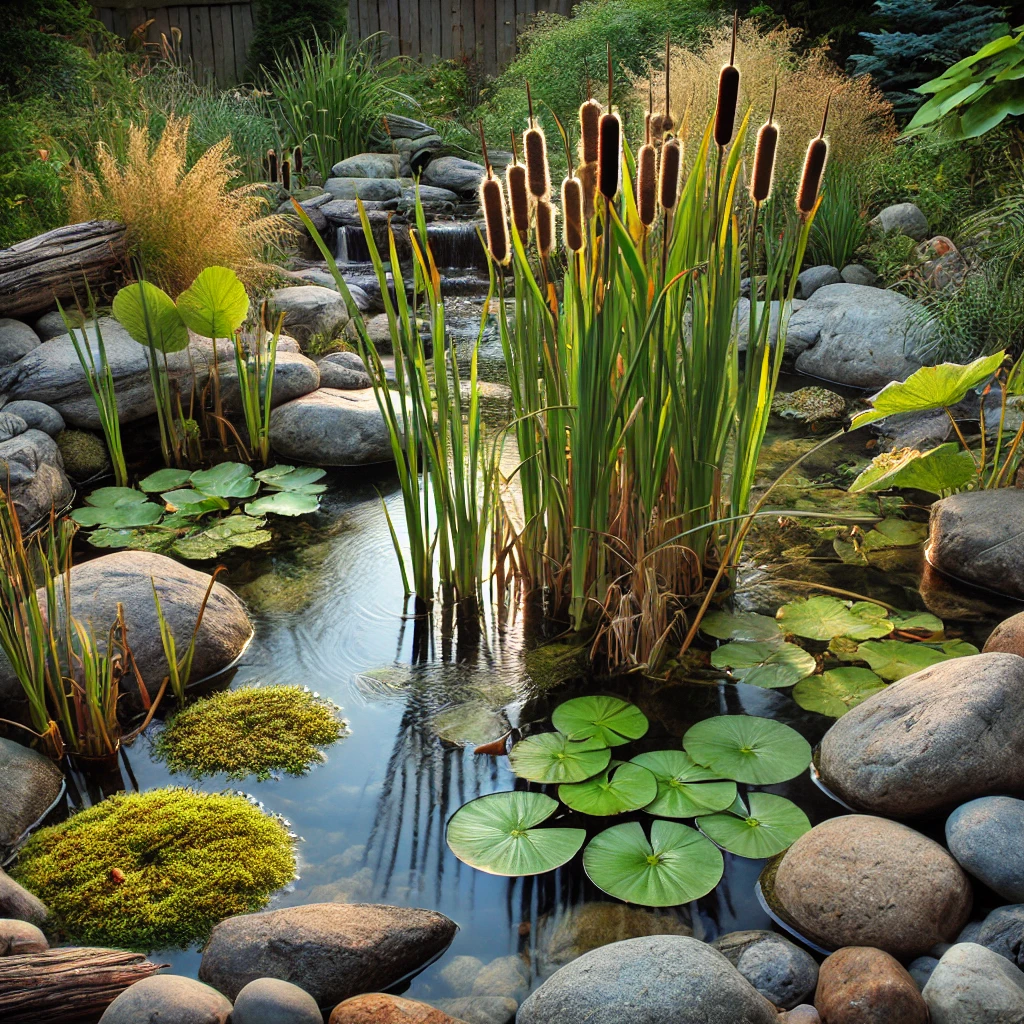A garden pond can be a magnet for local wildlife, from birds and insects to amphibians and small mammals. By designing your pond with features that appeal to wildlife, you create a thriving ecosystem that enriches your garden and supports biodiversity. Here are some effective tips for attracting and supporting wildlife in your pond.
For additional advice on creating a wildlife-friendly pond, check out That Pond Guy’s Pond Maintenance Services, which offers expert guidance on maintaining a balanced environment.
1. Add Native Aquatic Plants
Native aquatic plants are an essential feature for attracting wildlife. Plants like water lilies, cattails, and irises provide shelter, shade, and food sources for a range of creatures. Marginal plants around the edges create shallow areas that are perfect for frogs, insects, and birds. Native plants help keep the ecosystem balanced, as they’re naturally suited to local conditions and attract native species.
For more on choosing the best plants for wildlife, visit our Guide to the Best Plants for Koi Ponds, which includes plant options beneficial to local wildlife.
2. Include Gentle Slopes and Shallow Areas
Ponds with gradual slopes and shallow areas provide safe access for wildlife like birds, amphibians, and small mammals. Shallow areas are also ideal for tadpoles and dragonfly larvae, which develop in these zones before maturing. Creating different pond depths helps accommodate various species, from fish and frogs to wading birds.
A diverse pond structure enhances both the aesthetics and functionality of the pond, encouraging a range of wildlife to visit and inhabit the area.
3. Add Natural Features like Rocks and Logs
Rocks, logs, and other natural elements around the pond edge create perches, hiding spots, and basking areas for various species. Birds often use rocks as perches to drink and bathe, while amphibians and reptiles enjoy basking on warm stones. Logs or submerged wood provide safe spaces for insects and add visual interest to the pond’s design.
Adding these natural features not only benefits wildlife but also creates a rustic, natural appearance that enhances the pond’s appeal.
4. Keep an Area Free of Fish
While fish are a beautiful pond addition, they can be predators to smaller creatures like tadpoles and insects. Designating a fish-free area in the pond, especially if you’re attracting frogs or dragonflies, allows these creatures to thrive without interference. Fish-free zones offer a safe space for larvae and young amphibians to develop in peace.
For more on creating a balanced pond with or without fish, see That Pond Guy’s Pond Care Guide, which includes advice for various pond setups.
5. Provide Fresh Water and Oxygen
Oxygenated water is essential for maintaining a healthy pond ecosystem. Adding an aerator or waterfall introduces oxygen into the water, supporting fish and beneficial bacteria while creating movement that deters mosquitoes. The sound of moving water also attracts birds, adding to the pond’s activity and appeal.
To explore equipment options that enhance oxygen levels, visit That Pond Guy’s Lake Aerators, which are ideal for supporting wildlife.
Final Thoughts
Attracting birds and wildlife to your pond enriches the garden experience and supports local ecosystems. By adding native plants, natural features, and ensuring access to safe water, you create a pond that invites diverse wildlife and brings nature’s beauty closer to home. With thoughtful planning, your pond can become a haven for birds, frogs, insects, and other creatures, adding vibrancy and life to your garden.
For help with designing and maintaining a wildlife-friendly pond, visit That Pond Guy for services that support a thriving ecosystem.


